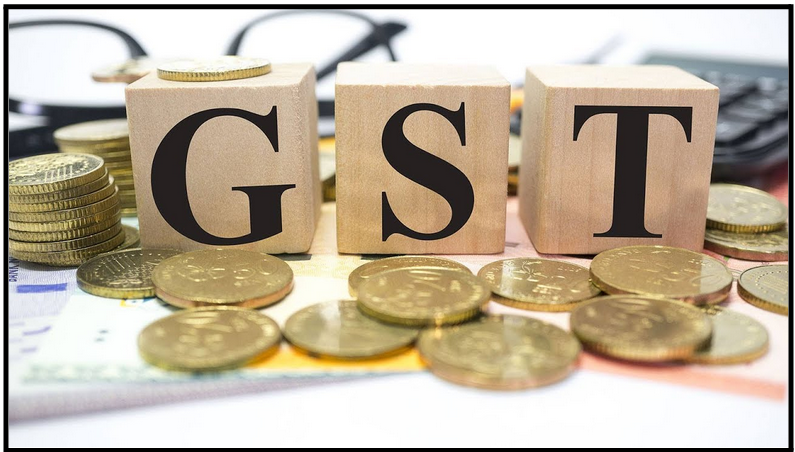GS3-Economy
In the news
In the spectra of India's fiscal landscape, the Goods and Services Tax (GST) stands as a pivotal instrument.
The recent surge in GST revenues, breaching the ₹2 lakh crore threshold in April, unveils a narrative of economic resilience and dynamism. Let's delve into the nuances of this tax regime, its achievements, pitfalls, and the roadmap for its evolution.
Understanding Goods and Services Tax (GST)
GST, introduced in 2017, marks a watershed moment in India's tax architecture. It stands as a value-added tax, levied on most goods and services for domestic consumption. At its core, GST embodies a multistage, destination-based tax structure, encompassing various stages of production and consumption. This tax is borne by consumers and remitted to the government by businesses, streamlining the tax collection process.
Types of GST:
The GST framework comprises three key components:
- CGST: Levied by the Centre
- SGST: Levied by the States
- IGST: Imposed on Inter-State supplies of goods and services
The GST Council, helmed by the Union Finance Minister, serves as the apex decision-making body. This constitutional entity oversees crucial aspects of GST implementation, ensuring harmonization between the Centre and States.
The Surge in GST Revenues
- Robust Domestic Transactions: The ascent in GST revenues, witnessing a 12.4% year-on-year growth, is underpinned by robust domestic transactions. A 13.4% surge in domestic transactions underscores the buoyancy of India's economic landscape.
- Upward Trajectory of Imports: Concurrently, imports have witnessed an 8.3% uptick, reflecting the resilience of India's trade dynamics amidst global headwinds.
Achievements of GST: Catalyzing Economic Progress
- Enhanced Tax Compliance: GST has been instrumental in fostering better tax compliance, consolidating multiple taxes into a unified framework. Over the past four years, this consolidation has alleviated the tax burden, fostering a conducive environment for economic growth.
- Technological Leap: The advent of an automated tax ecosystem, epitomized by e-invoicing and online compliance mechanisms, heralds a new era of efficiency and transparency. This technological leap has curtailed malpractices like fake invoicing, bolstering revenue streams.
- Logistical Efficiency: The elimination of multiple checkpoints and permits at state borders has streamlined logistics, slashing operational costs and enhancing competitiveness. This logistical efficiency underscores the transformative impact of GST on India's business landscape.
- Cooperative Federalism: GST epitomizes the spirit of cooperative federalism, fostering synergies between the Centre and States. The constitution of the GST Council exemplifies this collaborative ethos, ensuring consensus-driven decision-making.
- Boost to 'Make in India': By removing hidden taxes and fostering a level playing field, GST augments the competitiveness of domestic industries, bolstering the 'Make in India' initiative.
Challenges and Reforms: Navigating the Path Ahead
- Compliance Burden for SMEs: The labyrinthine nature of GST compliance poses challenges for small and medium-sized enterprises (SMEs). Simplifying compliance mechanisms and reducing the compliance burden are imperative for fostering SME growth.
- Tax Rate Rationalization: The multiplicity of tax slabs and complexities in the GST structure necessitate a reassessment of tax rates. Rationalizing tax slabs can enhance transparency and ease of compliance.
- Technological Adoption: Small and medium businesses grapple with the technical nuances of GST implementation. Addressing IT glitches and enhancing user-friendly platforms are pivotal for facilitating seamless adoption.
- Unorganized Sector Integration: Formalizing the unorganized sector remains a critical imperative. Initiatives aimed at providing training and support can expedite the integration process, fostering inclusive growth.
Conclusion
India's GST journey embodies a tapestry of successes, challenges, and reforms. The recent surge in GST revenues underscores the resilience of India's economic fabric. As India charts its trajectory towards economic resurgence, navigating the complexities of GST implementation remains paramount. By fostering collaboration, embracing technological innovation, and fostering inclusive growth, India can unlock the full potential of its GST regime, propelling the nation towards greater economic prosperity and resilience.

